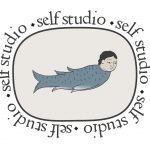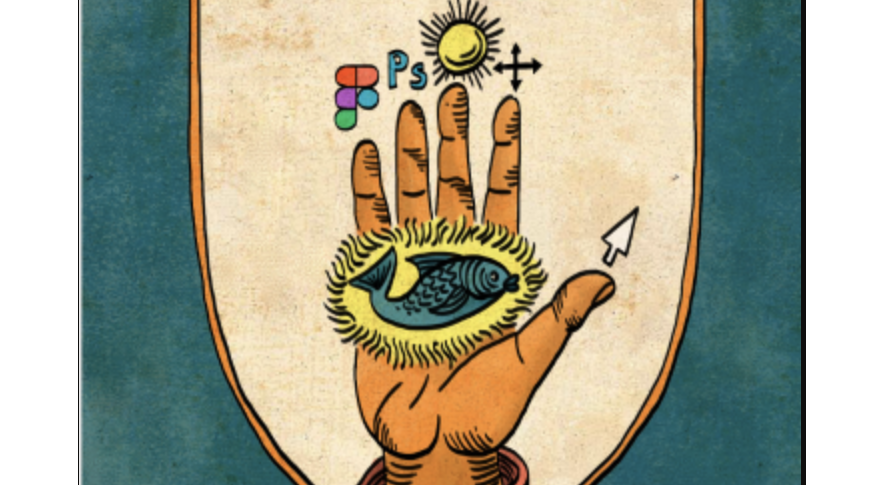If you’re looking to craft a strong visual brand, you’re likely to want to commission a good logo design. But many young businesses make the mistake of forgetting that a logo forms only a single element of a wider picture comprising your whole visual brand. For that reason, we advise investing in a logo design package that crafts your image more holistically, setting your new logo design among other key elements.
In this guide, we set out what that process looks like and why the various steps are worth your time and investment.
Understanding goals through an initial consultation and brief
The process typically starts with an initial consultation. Here, the design team learns about your business, goals, and target audience. This phase often includes filling out a design brief that outlines your preferences, desired aesthetics, and any specific requirements.
Typically, a design team will kick off the process by establishing your business goals and your target audience. This step is vital because your logo and the visual branding around it will serve a number of subtle purposes and understanding these purposes in granular detail gives the designers the best chance of achieving them.
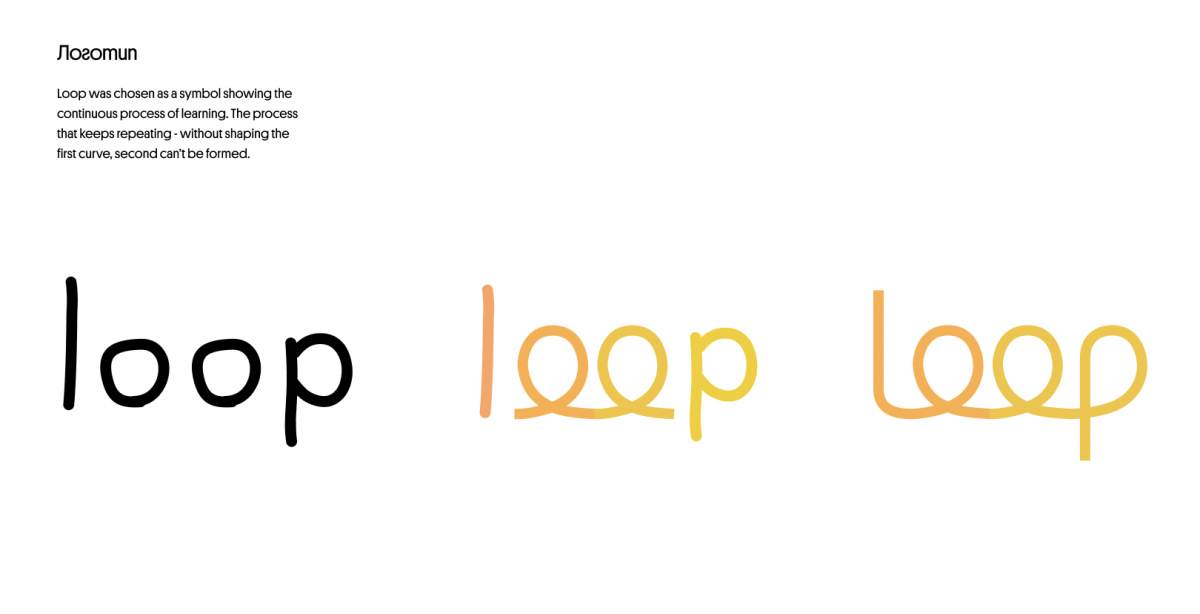
Example iteration of a logo design
You’ll explore in broad terms how existing customers talk and think about your brand already, any misconceptions and changes in how you want users to see you, the emotional responses you want to draw, and how different routes to market (digital and physical) can be maximised.
The final output of this stage should be a clear document laying out your objectives, success measures and timelines. You should also understand the precise budget for the design package.
Looking for help with a rebrand?
Talk to us about a re-brand
We've rebranded websites, apps, retail businesses and physical packaging all across the world.
Schedule A Free Brand AuditDeveloping the concept through detailed research
After the consultation, your designers will dig deeper into your market with research into industry trends and demographics and explore how your competitors portray themselves. Competitor analysis is particularly important in establishing how target users talk about your competition, what works and what doesn’t work, to understand how you can exploit revenue opportunities and grow your market share.
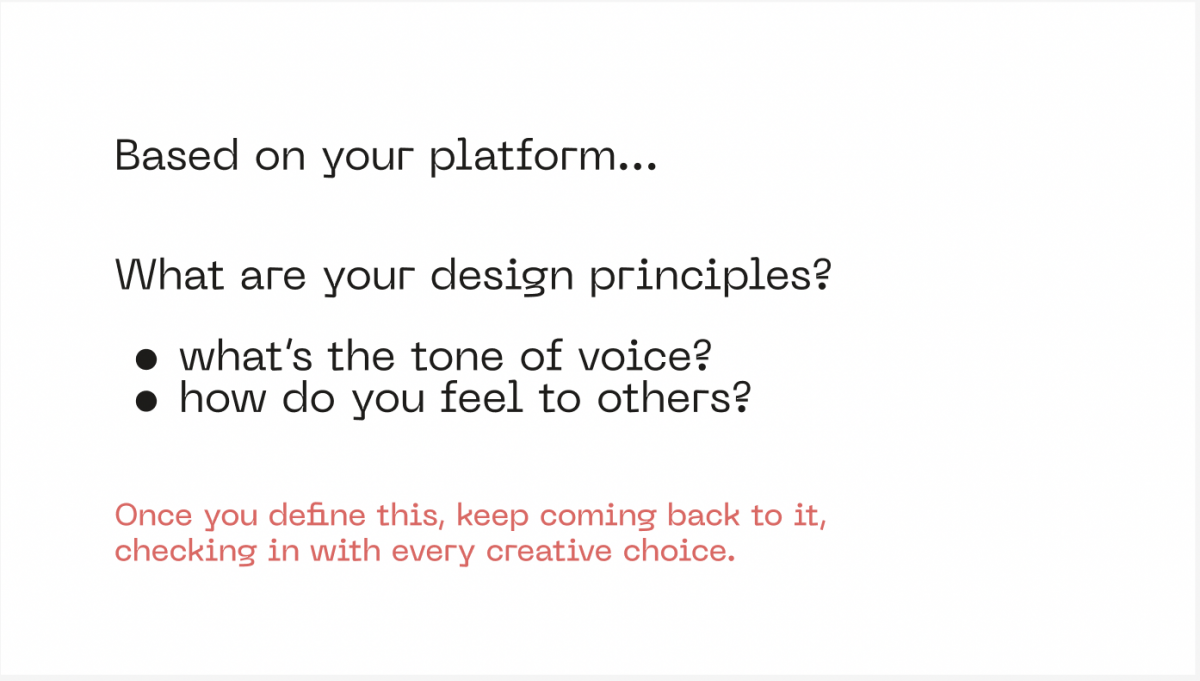
At this point, your designers will start to sketch out preliminary ideas and build a broad sense of the impression you want your branding (including your logo) to bring. Remember the importance of emotional connection in branding - a granular understanding of your target users helps you work out what these connections should be.
Crafting specific design iterations
Now your designers will turn their research and subsequent ideas into specific designs for your feedback. This part is a two-way process but most businesses err on one side or the other - either being too prescriptive and not giving their design experts enough room to breathe or hone their ideas, or else not giving enough feedback and letting the ideas settle where they first land.
Looking for help with a rebrand?
Talk to us about a re-brand
We've rebranded websites, apps, retail businesses and physical packaging all across the world.
Schedule A Free Brand AuditThe creative process relies on healthy tension, enough pushback to get the ideas where they need to be without expecting them to be right immediately.
Confirming a final logo design and branding guidelines
After this two-way process is complete and the ideas have been honed into their best versions, your designers will finalise a design, including the typeface, icon elements and colours that best achieve your branding goals.

An example final typeface and colour schema for a rebranding project we wrapped in 2023.
This final design spans more than just the logo - your website fonts, the colour schemes used across your website and physical marketing materials and any photos used should all reflect the core ideas that inspired your logo design. And so for this reason you will also be delivered a branding guideline (you can think of this as a ‘style guide’ too) that sets out in detail how to maintain consistent visuals across all physical materials and digital platforms, including social channels, videos and website blogs.
This guideline should be granular and specific, encompassing logo and font sizes, as well as colour palettes.
Receiving a full array of design resources
You’ll receive more than just a logo file and style guide; a top design team will provide you with a range of logo versions, including banner images (to head your social pages), slogan-only images, different colour versions of your logo, and a range of file formats (JPEG, PNG, SVG, etc) and sizes as different platforms might require higher quality (e.g. printed materials might require higher quality and therefore ‘heavier’ files).
Depending on your brief, you might also get letterheads, business cards, free branded merchandise (think mugs, pens, bags, etc) for trade shows, and brochures. Your budget might also include receiving hands-on post-design support in implementing your new brand across all platforms.
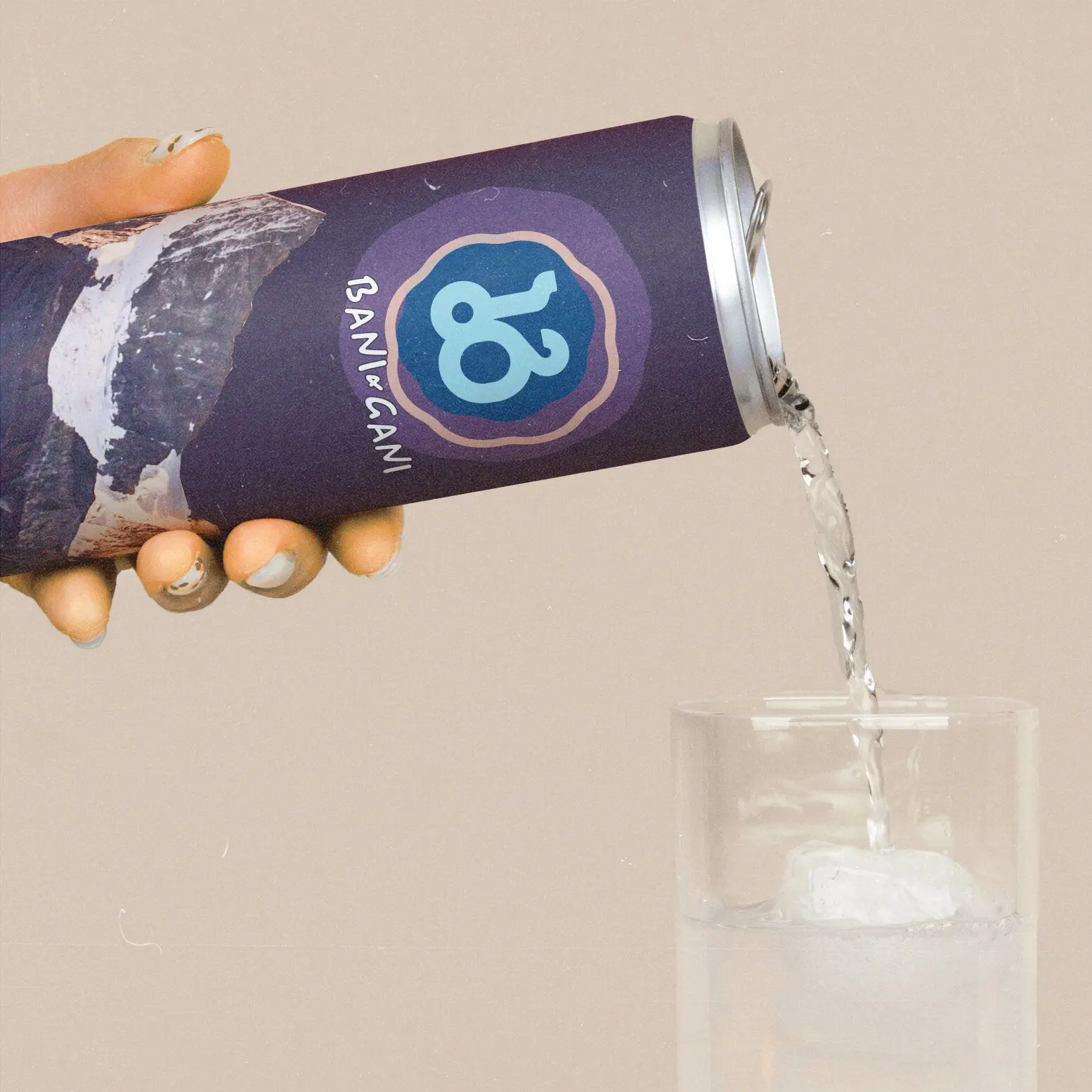
This guide should give you a broad sense of all the work that goes into making a logo design package successful and giving your brand the best possible chance to make an impression and maximise revenue. There’s no substitute for working with a skilled, enthusiastic and organised team and you’ll find that investing in the right one will bring a great value return.
And if you’re interested in exploring a logo design package with our own dedicated team at Self Studio , get in touch today!
Looking for help with a rebrand?
Talk to us about a re-brand
We've rebranded websites, apps, retail businesses and physical packaging all across the world.
Schedule A Free Brand Audit